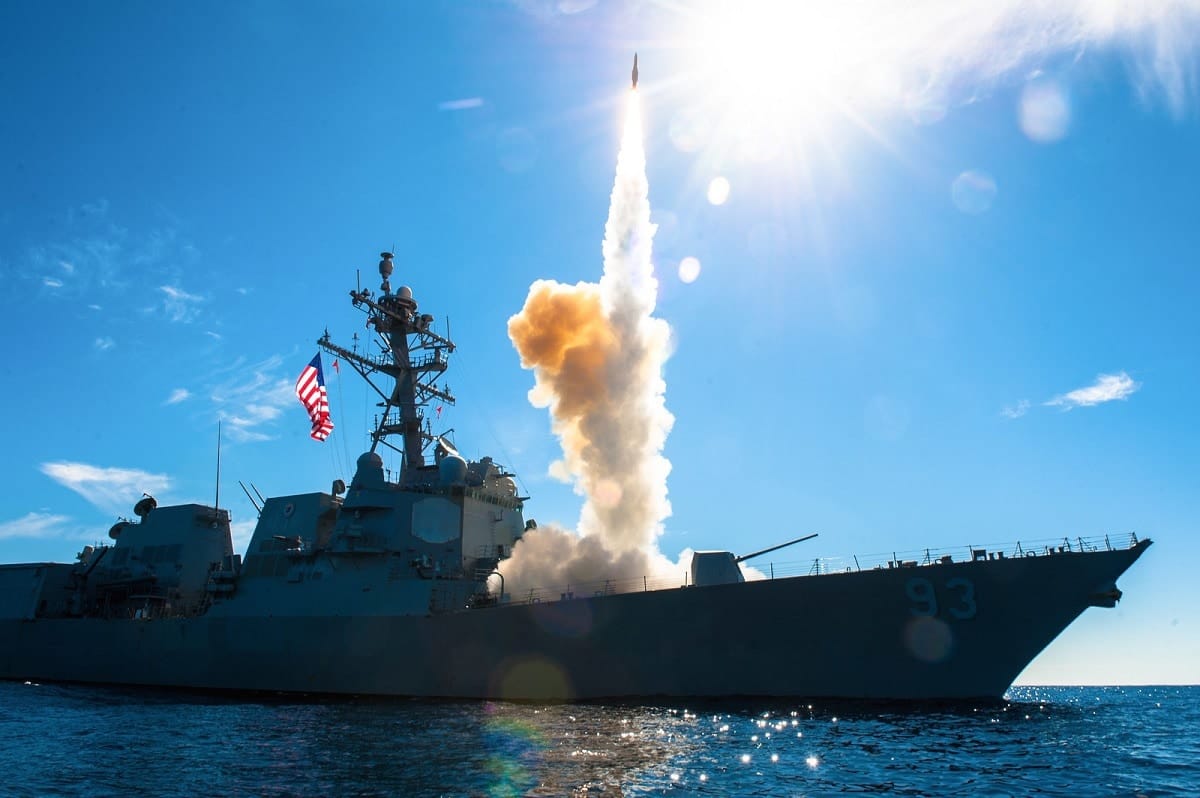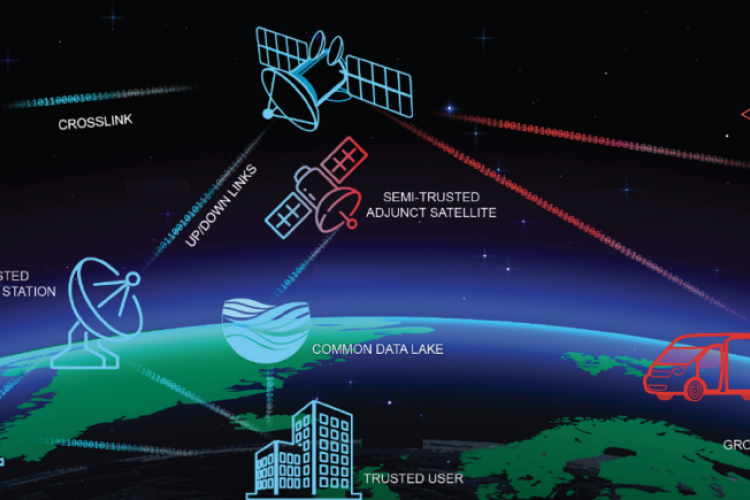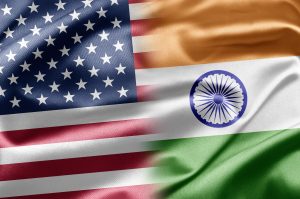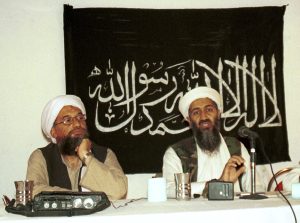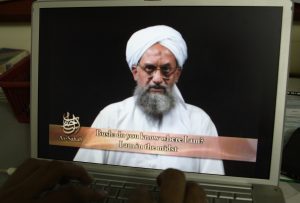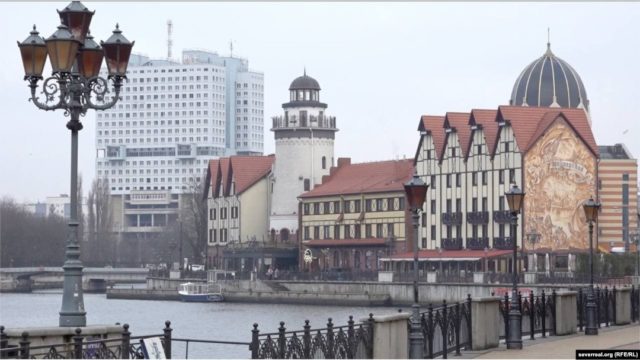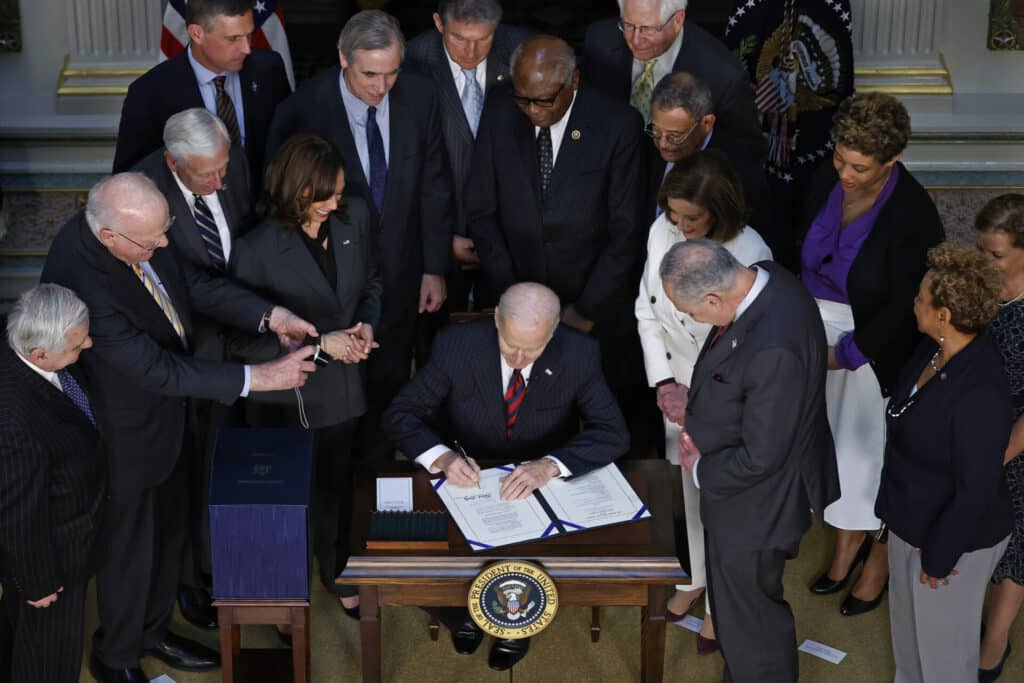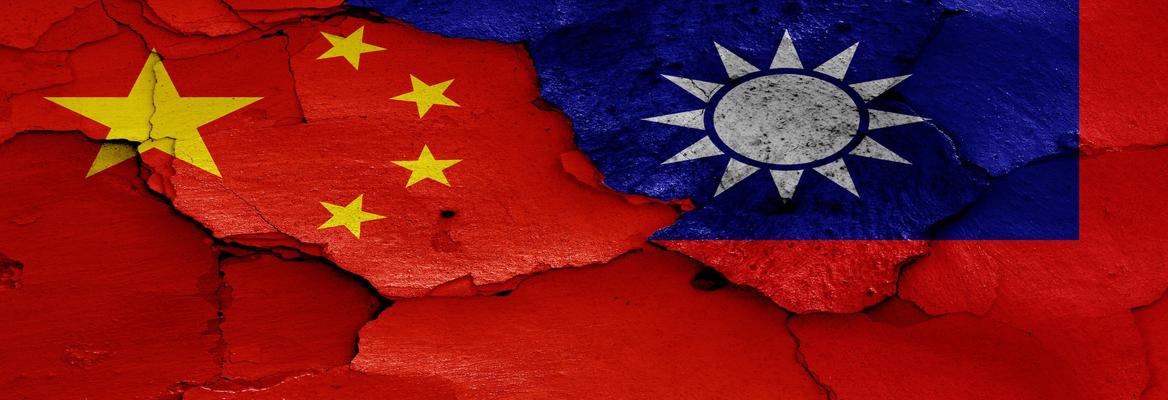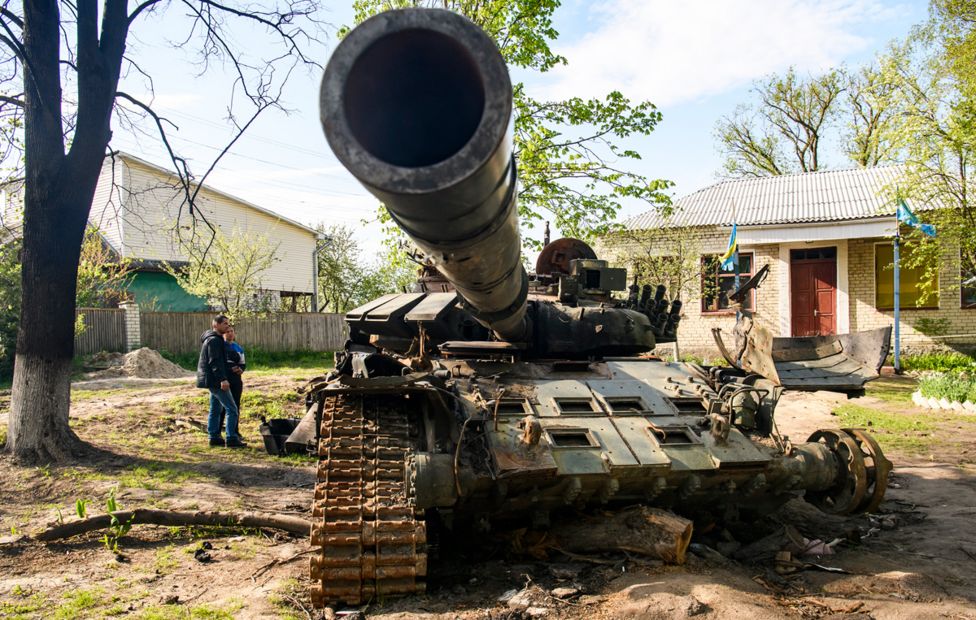One way to view Nancy Pelosi’s trip to Taiwan is as a bold assertion of principle. China has taken to bullying countries that maintain even the most innocent ties with the island, which it claims. Lithuania, population 2.6m, has felt China’s wrath for simply allowing Taiwan to open an office with an official-sounding name in Vilnius, its capital. Ms Pelosi, the speaker of America’s House of Representatives, has been threatened, too. China says its army “will not sit idly by” if she visits Taiwan—something she has every right to do, and that Newt Gingrich, her predecessor as speaker, did in 1997. Perhaps her trip will inspire others to stand up to the bully.
Another view, though, is that the trip is a symptom of America’s incoherent approach to China—the country’s single most important opponent in the long run. If so, a trip designed to convey strength risks instead showing up the Biden administration’s confusion and lack of purpose.
One problem is Ms Pelosi’s timing. To be sure, there are moments when America must confront China to make clear that it will assert its interests, press its rights and defend its values. But such moments are often fraught with the risk of escalation. America should choose them carefully.
This is a sensitive period for China’s leader, Xi Jinping, who faces big domestic challenges while preparing for a Communist Party congress at which he is expected to secure a third five-year term as the party’s leader, violating recent norms. Mr Xi has nurtured an aggressive form of nationalism and linked “reunification” with Taiwan to his goal of “national rejuvenation”. Now is a dangerous time to test his resolve just for the sake of it.
Another problem is Ms Pelosi’s apparent lack of co-ordination with Joe Biden. When asked about her plans, the president cited military officials who thought the trip was “not a good idea right now”. Once it was leaked, he faced only bad options: bless Ms Pelosi’s travels and risk a confrontation with China; or prevent her from going, caving in to Chinese threats (and opening himself up to Republican criticism). True, Congress is a separate branch from the executive, but Taiwan policy is too important for turf wars. In the end Ms Pelosi has made Mr Biden look irresolute and lacking in authority.
Worst, Ms Pelosi’s trip risks exposing how unsure the administration is of its Taiwan policy. If, heaven forbid, the visit escalates into an international security crisis, the fault will lie with China. But the situation will also test Mr Biden and his team, who are already dealing with the war in Ukraine. Are they prepared?
Mr Biden has vowed more than once to defend Taiwan from invasion, disregarding a long-held position of “strategic ambiguity” under which past presidents purposely avoided definite commitments. Some in Washington support this new clarity, especially as China grows more confident—and more capable of defeating America in a fight over Taiwan. But after each promise the president’s aides walk it back, turning strategic ambiguity into strategic confusion.
America is right to want to defend Taiwan from invasion. The country is a pro-Western democracy of 24m people that plays an important role in the global economy, producing the world’s finest computer chips. It is also a pillar of the American-led order in the region. But declaring that intention does little to deter China, which already assumes America would protect the island. If anything, the drawing of a clear line tells Mr Xi how far he can go, encouraging the “grey zone” tactics China uses to harass Taiwan. It has, for example, flown ever-larger numbers of warplanes near Taiwanese airspace several times this year. Rather than grandstanding, Mr Biden should focus on preventing an invasion by improving Taiwan’s military capability.
This starts by asking his generals to have a frank discussion with their Taiwanese counterparts. Taiwan needs to do more to combat corruption and waste in its armed forces, and to improve training and recruitment. Its top brass have been loth to give up some of their expensive kit and instead embrace a “porcupine” strategy, by which Taiwan would use smaller, more mobile and concealable weapons to wage asymmetric war.
America should make it clear that it is willing to help. It could, for example, upgrade its training mission in Taiwan, offer it Israel-style military aid to buy American weapons, and create financial incentives for it to choose more asymmetric options. The next time America conducts exercises with its other Asian allies it should invite Taiwan to observe (or join). They should all follow America and Japan in developing plans for the next big crisis.
That need not come this week. The Biden administration rightly notes that Ms Pelosi’s trip does nothing to change the status quo. Ms Pelosi should try to do some good while she is there, by warning against both China forcefully occupying Taiwan and Taiwan embracing independence. At the same time, she should voice energetic support for her Taiwanese hosts.
China will respond, possibly with military action that could include sending warplanes over Taiwan or even firing missiles into waters off the island, as well as economic and diplomatic measures to isolate it further. The Chinese response could play out over weeks and months, if not years. Over that time, the real test of America’s commitment will not be headline-grabbing visits but whether it helps Taiwan become more resilient.



